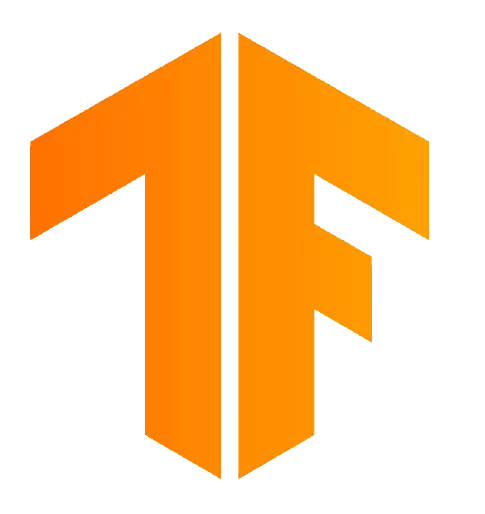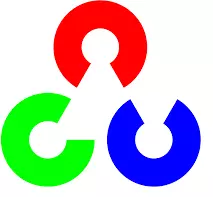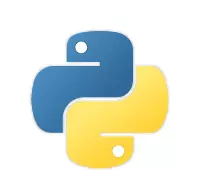ABSTARCT
Digit Recognition is a noteworthy and important issue. As the manually written digits are not of a similar size, thickness, position, and direction, in this manner, various difficulties must be considered to determine the issue of handwritten digit recognition.The uniqueness and assortment in the composition styles of various individuals additionally influence the example and presence of the digits. The task of handwritten digit recognition, using a classifier, has extraordinary significance and use such as – online digit recognition on PC tablets, recognize zip codes on mail, processing bank check amounts, numeric sections in structures filled up by hand (for example ‐ tax forms) and so on. The handwritten digits are not always of the same size, thickness, or orientation and position relative to the margins that makes it difficult
WHAT ARE THE TECHNOLOGIES WE USED

Tensorflow
Train and run deep neural networks for handwritten digit classification, image recognition, word embeddings, recurrent neural networks, sequence-to-sequence models for machine translation, natural language processing, and PDE (partial differential equation) based simulations

Keras
Powerful and easy-to-use free open-source Python library for developing and evaluating deep learning models. It wraps the efficient numerical computation libraries Theano and TensorFlow and allows you to define and train neural network models in just a few lines of code

OpenCV
OpenCV is the huge open-source library for the computer vision, machine learning, and image processing and now it plays a major role in real-time operation which is very important in today's systems. By using it, one can process images and videos to identify objects, faces, or even handwriting of a human

Tknetr
Tkinter is the standard GUI library for Python. Python when combined with Tkinter provides a fast and easy way to create GUI applications. Tkinter provides a powerful object-oriented interface to the Tk GUI toolkit
MODULES
Input Image and output
First we have to input the image and start the process on it and at last we will get output
Pre-Processing
pre-processing refers to the transformations applied to your data before feeding it to the algorithm
Segmentation
Segmentation means to divide the marketplace into parts, or segments, which are definable, accessible, actionable, and profitable and have a growth potential
Feature Extraction
Segmentation means to divide the marketplace into parts, or segments, which are definable, accessible, actionable, and profitable and have a growth potential
Classification and Recognition
Image classification is a method to classify the images into their respective category classes
METHODOLOGY
- MNIST is the most broadly utilized standard for handwritten digit recognition. MNIST dataset has been commonly used as a standard for testing classification algorithms in handwritten digit recognition frameworks.
- The initial step to be carried out is to place the dataset, which can be effectively done through the Keras programming interface.
- The images in the MNIST dataset comprises of 28x28 pixel images and there is total 70000 images that are divided in 60000 which is given for training whereas 10000 is given to test data. Images are 2D matrix where each pixel is represented between [0,255] here 0 means black,255 means white.
- The image is then normalized in range of 0 to 1 and resized to add an extra dimension for kernel
- It describes the Data flow diagram of the proposed system model
- The user draws the digit in the canvas which is then detected using mnist dataset
- The input images are pre-processed. Using the CNN classifier, the recognized digits’ accuracy is compared, and the result is obtained.
- The results obtained are displayed along with the accuracy
- The model is also passed to confusion matrix, it checks that which true value was predicted wrong by the model.
SOFTWARE

Python
Python is broadly utilized universally and is a high-level programming language. It was primarily introduced for prominence on code, and its language structure enables software engineers to express ideas in fewer lines of code. Python is a programming language that gives you a chance to work rapidly and coordinate frameworks more effectively

Anaconda3 5.3.1
Anaconda is a free and open-source appropriation of the Python and R programming for logical figuring like information science, AI applications, large-scale information preparing, prescient investigation, and so forth. Anaconda accompanies more than 1,400 packages just as the Conda package and virtual environment director, called Anaconda Navigator, so it takes out the need to figure out how to introduce every library freely.
REFERENCE
- https://youtu.be/_u-PaJCpwiU
- https://youtu.be/Mubj_fqiAv8
- https://data-flair.training/blogs/python-deep-learning-project-handwritten-digit-recognition/
- https://www.slideshare.net/RishabhTyagi48/handwritten-digit-recognitionusing-cnn-project-ppt-by
- M. Wu and Z. Zhang, Handwritten Digit Classification using the MNIST Dataset, 2010. Dutta and A. Dutta, Handwritten digit recognition using deep learning, International Journal of Advanced Research in Computer Engineering & Technology (IJARCET), vol. 6, no. 7, July 2017
- Al Meaded, Somaiya, and Abdelavi Hossain, Automatic prediction of age, gender, and nationality in offline handwriting. EURASIP Journal on Image and Video Processing, no. 1 2014
DEVLOPERS

Harsh Viradia
Connect with



